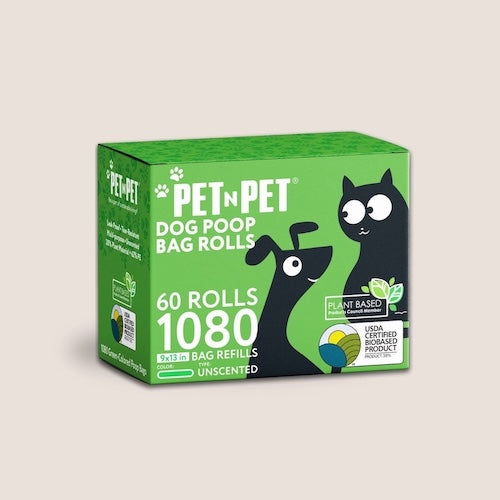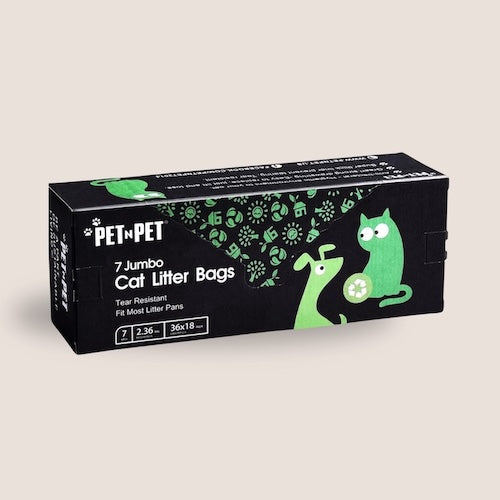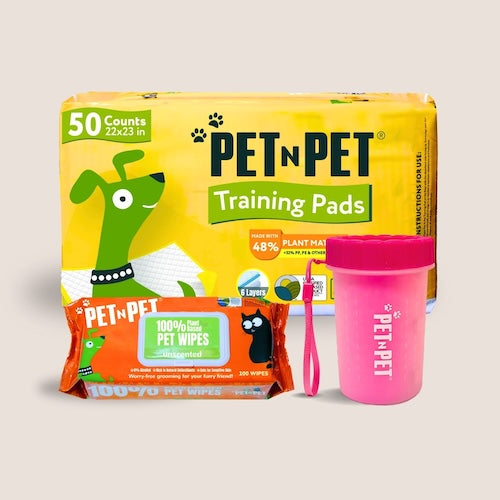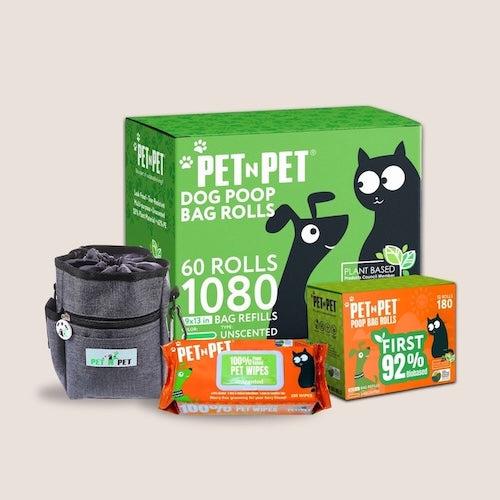
Raw Food vs. Kibble: What’s Really Best for Your Dog’s Health?
Feeding your dog isn’t just about filling their bowl — it’s about giving them the nutrients and energy they need to live their happiest, healthiest life. But when it comes to deciding what to feed them, few topics divide pet parents more than the great debate: raw food vs. kibble.
Both diets have loyal supporters and unique benefits, but they also come with different challenges. Here’s a closer look at each option to help you make the best decision for your four-legged friend.
Understanding Your Dog’s Natural Diet
While dogs belong to the order Carnivora, they’re actually omnivores by adaptation. Over thousands of years, dogs have evolved alongside humans, learning to digest not only meat but also certain grains, vegetables, and fruits.
So while protein should always play a big role in their meals, dogs can also benefit from a variety of nutrients that come from plant-based ingredients.
The Raw Food Approach
A raw diet typically includes raw meats, edible bones, organs, and some dog-safe fruits or vegetables. Advocates believe this type of diet mimics what dogs might eat in the wild.
🥩 Why Pet Parents Love It
-
Promotes a glossy coat and healthy skin
-
Can support cleaner teeth and smaller stools
-
Free from artificial preservatives and fillers
⚠️ What to Watch Out For
-
Difficult to ensure balanced nutrition without professional guidance
-
Higher risk of contamination from bacteria in raw meat
-
Requires careful preparation and cleaning after every meal
If you decide to feed raw, work with your vet to ensure your dog’s diet meets all nutritional needs and is handled safely.
💚 Pet N Pet Tip: After handling raw food, use Pet N Pet Grooming Wipes to clean your dog’s paws and muzzle to help keep bacteria from spreading in your home.
The Kibble Option
Kibble remains a go-to choice for many dog parents because of its convenience and reliability. It’s created to provide complete and balanced nutrition in every bite.
🍽️ Benefits of Kibble
-
Easy to store, measure, and serve
-
Meets established nutritional standards
-
Longer shelf life and less mess
⚠️ Things to Consider
-
Some lower-quality kibble may include unnecessary fillers
-
Heavily processed food may lose some natural nutrients
When shopping for kibble, read the label carefully. Look for clearly listed proteins (like chicken or salmon) and avoid vague terms such as “meat meal” or “animal by-products.”
Alternative Feeding Options
If neither raw nor kibble feels perfect for your pet, there are several in-between choices:
-
Canned food: Moist, flavorful, and great for dogs who need extra hydration.
-
Dehydrated or freeze-dried food: Nutrient-rich, lightweight, and easy to prepare.
-
Home-prepared meals: Customizable but should be formulated under veterinary guidance.
The key is to choose a diet that fits your dog’s health needs — and your daily routine.
Finding the Right Balance
No two dogs are exactly alike, and neither are their diets. Factors like age, breed, activity level, and health conditions play a big role in what they should eat.
Ask yourself:
-
Can I safely prepare and store raw food?
-
Does my dog have allergies or sensitivities?
-
Am I confident their diet covers all essential nutrients?
If you’re uncertain, talk to your veterinarian about the best feeding plan for your dog’s individual needs.
Keeping Mealtime Clean and Safe
No matter what your pup eats, maintaining hygiene is essential for their health.
Wiping paws and faces after meals helps remove food residue, reduce bacteria, and prevent irritation — especially for dogs who love to lick after eating.
✨ Pet N Pet Grooming Wipes are made from gentle, plant-based materials and are perfect for quick, everyday cleanups — keeping your pup fresh before and after every meal.
Because a healthy dog doesn’t just eat well — they live clean, too. 💚






